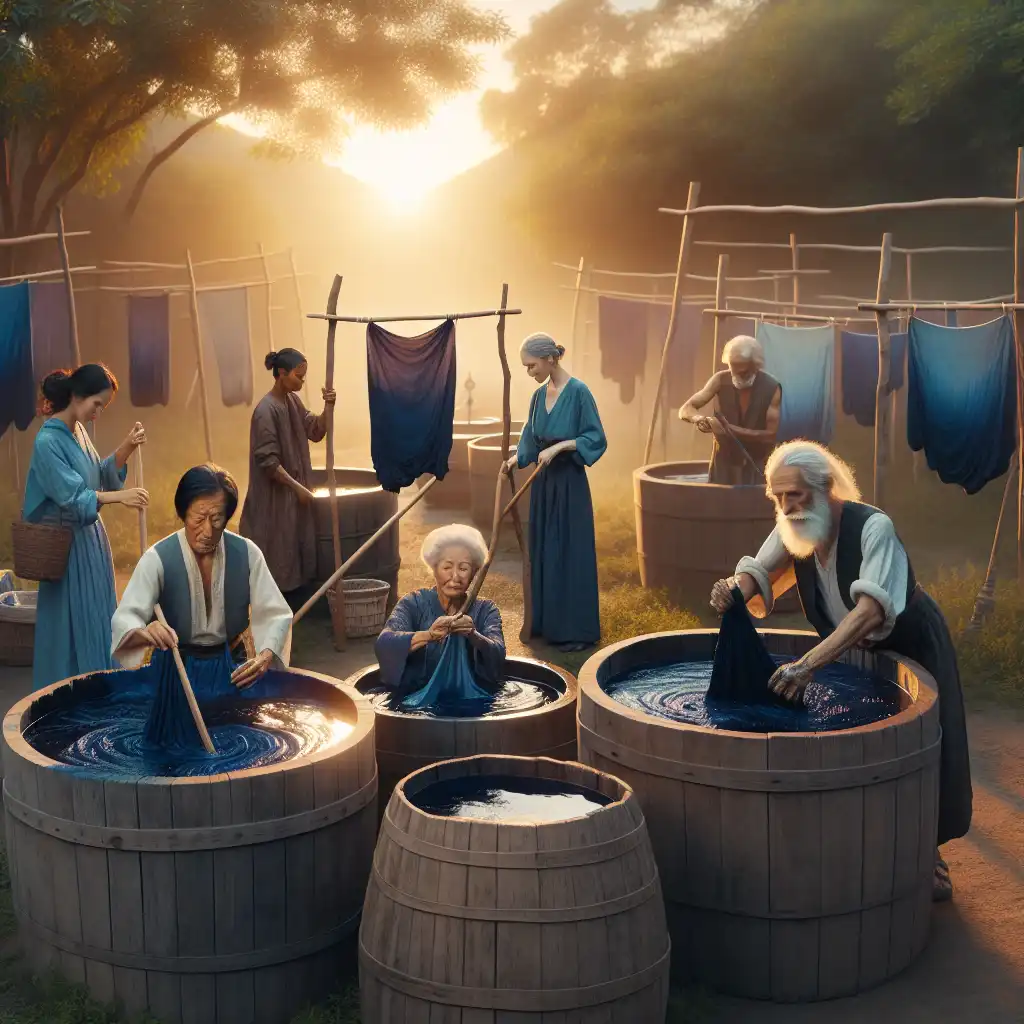
Woad
Historical Use
Interestingly, woad was historically valued for its use in dyeing fabric.  Museums display ancient textiles colored with woad.
Museums display ancient textiles colored with woad.
Cultural Significance
Woad has cultural importance, being used by historical tribes in rituals and as body paint.  Tribal ceremonies often involved painting with woad.
Tribal ceremonies often involved painting with woad.
Ancient Method
Woad represented ancient techniques of textile production before synthetic dyes.  They experimented with woad to improve ancient dyeing methods.
They experimented with woad to improve ancient dyeing methods.